Recently, the Department of Respiratory Infectious Diseases and Resuscitation, 108 Central Military Hospital has received and successfully treated many patients with severe tetanus, especially a 47-year-old male patient from Bac Ninh who was hospitalized with a diagnosis of severe surgical tetanus in the full-blown stage, with the entrance from a wound on the first finger of the left hand due to being cut off.
Three days before being hospitalized, due to carelessness while working, the patient suffered a small wound on the first finger of his left hand due to a saw blade cut.

The patient with tetanus was fortunately given timely emergency care (photo source: 108 Military Central Hospital).
Because of subjectivity, the patient only treated the wound locally and did not inject tetanus toxoid (SAT). After 3 days, the patient was hospitalized with fever, fatigue, tight jaw, difficulty speaking, difficulty swallowing, pain and increased muscle tone in the neck, back, abdomen, urinary retention, and a wound on the first finger of the left hand with a little pus and pseudomembrane.
The patient was diagnosed with surgical tetanus, with a very severe and complicated prognosis due to the short incubation period.
Doctors quickly provided emergency treatment and care: treated the wound on the spot, injected tetanus antitoxin serum SAT, antibiotics against tetanus bacteria, controlled increased muscle tone and convulsions with sedatives-muscle relaxants-anticonvulsants, and controlled breathing.
After one day of treatment, the patient had difficulty breathing, increased phlegm secretion, increased muscle tone throughout the body, and convulsions and stiffness of the whole body appeared.
The patient was quickly intubated, put on a ventilator, and then had a tracheostomy to control respiratory function; continued to adjust the dosage of sedatives-muscle relaxants-anticonvulsants appropriate to the patient's condition; placed a central venous catheter for nutrition, combined with other intensive resuscitation and comprehensive care measures.
After 12 days of mechanical ventilation, the patient was weaned off the ventilator and then started breathing oxygen through a tracheostomy; the dose of sedative-muscle relaxant-anticonvulsant gradually decreased corresponding to the decrease in muscle hypertonia and the spasms becoming less frequent; the finger wound was healed, dry, and clean.
Continuing treatment, the patient recovered and was discharged after 1 month in a state of alertness, breathing on his own, no more seizures, soft muscle tone, the patient ate and lived normally, with no sequelae.
According to Dr. Vu Viet Sang - Head of the Department of Respiratory Infectious Diseases and Resuscitation - Clinical Institute of Infectious Diseases - 108 Military Central Hospital, everyone (adults and children) needs to be vaccinated against tetanus, especially those at high risk of the disease such as: pregnant women;
Farmers and gardeners; people working on farms and livestock farms; people cleaning sewers and barns; construction workers; technical workers in contact with sharp objects; soldiers and youth volunteers..."
When a wound occurs, it must be treated properly on the spot. The wound can be washed under clean running water immediately at the time of its appearance to remove dirt.
If the wound is bleeding and has a lot of dirt and sand, use hydrogen peroxide to wash and disinfect the wound and stop the bleeding.
Then wash the wound with soapy water, dry it, and disinfect it with iodine alcohol. For wounds with foreign objects, you need to clean them, remove the foreign objects, and clean and bandage the wound.
People with wounds need to be injected with tetanus antitoxin (SAT) and given additional tetanus vaccination if they have not previously been fully vaccinated against tetanus, Dr. Sang recommends.
Tetanus can be prevented by tetanus vaccination to create active protective immunity. To create basic immunity, 3 doses of vaccine are needed, in which the 2nd dose is 1 month after the 1st dose, the 3rd dose is 6 months after the 2nd dose.
Once basic immunity is present, a booster shot of vaccine is needed every 5-10 years to maintain lasting protective immunity.
Source














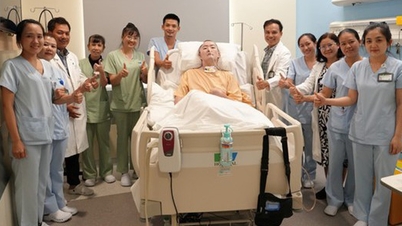








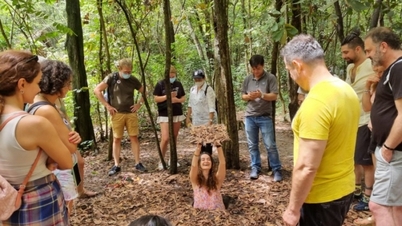

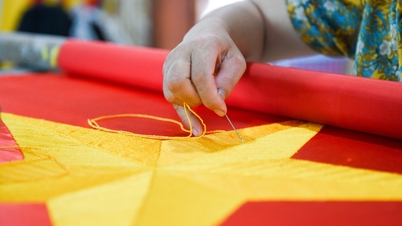


















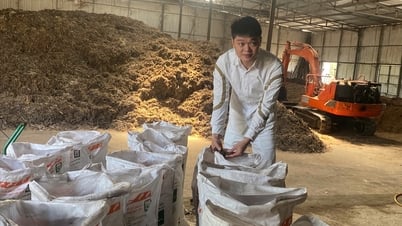




























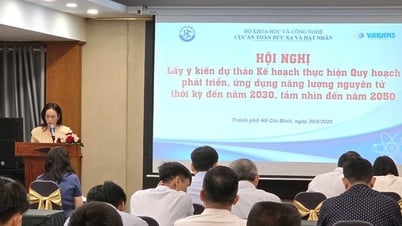



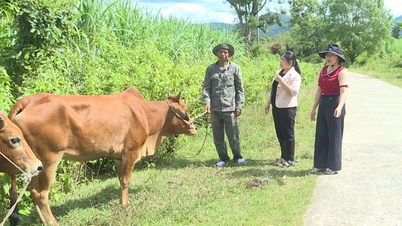






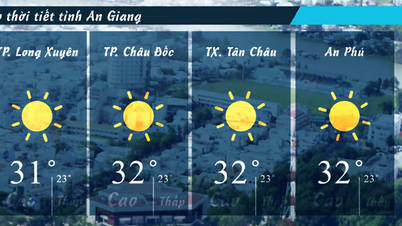















Comment (0)